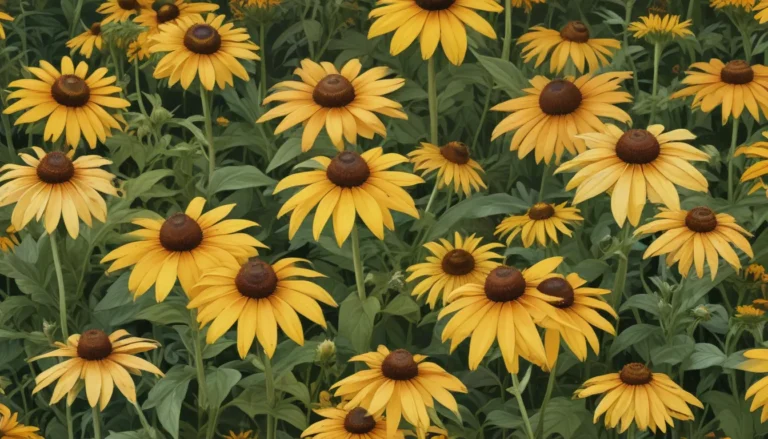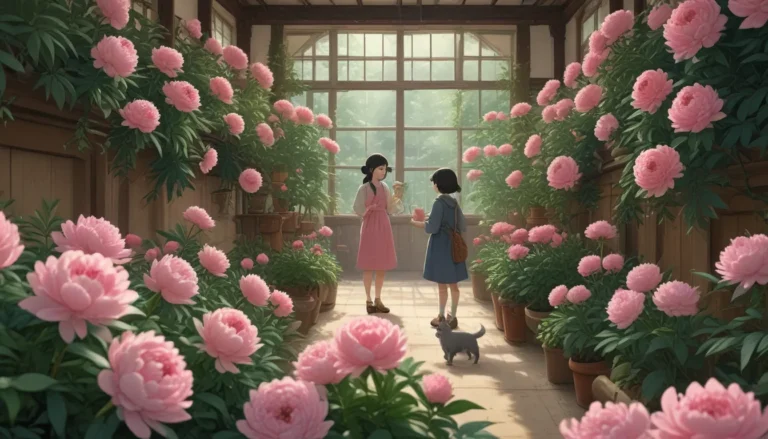How to Grow and Care for Elephant Bush Indoors

Elephant bush, also known as “spekboom” or “dwarf jade,” is a delightful succulent houseplant that is both easy to care for and fun to propagate. This nontoxic plant is a great alternative to jade for households with kids or pets, and it comes in various varieties with different growth habits. Let’s delve into all aspects of growing and caring for the elephant bush as a houseplant.
What Is Elephant Bush?
The elephant bush is an evergreen succulent with small, round to oval emerald-green leaves on reddish stems that develop grayish bark as they mature. The plant rarely flowers indoors unless grown year-round outside. Its tiny lavender-colored star-shaped blooms add to its appeal.
Despite its aliases such as “dwarf jade” or “small leaf jade,” the elephant bush, Portulacaria afra, is unrelated to the jade plant, Crassula ovata. In its natural habitat of eastern and southern Africa, this species grows as a shrub or small tree, reaching 15 feet tall or more.
Cultivation and History
Native to dry regions of Africa, the elephant bush is found in scrubland, thickets, and various dry habitats. Its nickname originates from the fact that elephants and other wildlife forage on it. The plant, also known as “purslane tree,” belongs to the Portulacaria genus, previously classified under Portulacaceae family.
Portulacaria means “like portulaca,” while “afra” signifies “from Africa.” The plant goes by many common names besides elephant bush, including “porkbush” and “bacon tree.” In fact, the leaves of this nontoxic plant are edible, tasting more like apples than bacon.
Propagation
While elephant bush can be grown from seeds, it’s easier and more common to propagate it from cuttings in spring or summer. After letting the cuttings callus for a couple of days, plant them in nursery pots with well-draining soil. Water and place them in bright indirect light to root in 4-6 weeks.
How to Grow
Sunlight is crucial for elephant bush, preferring full sun to part shade. Watering should be done sparingly, allowing the soil to dry out completely between waterings. Well-draining potting soil for succulents is necessary, with minimal fertilizer needed. This drought-tolerant plant can handle high temperatures but is sensitive to frost.
Growing Tips
- Situate in bright indirect light or direct sunlight.
- Allow the soil to dry out between waterings.
- Grow in a well-draining potting medium designed for succulents and cacti.
Maintenance
Elephant bush is low-maintenance, requiring pruning only for size control or shape alteration. Repotting every two years when rootbound is essential. Fertilization is optional, using a gentle succulent-specific fertilizer if desired.
Where to Buy
When purchasing elephant bush, choose from different cultivars such as ‘Prostrata’ or ‘Variegata.’ These varieties offer various leaf colors and growth habits, providing options for hanging baskets, ground covers, or bonsai styles.
Managing Pests and Disease
Elephant bush is generally resistant to pests and diseases, with root rot being a common issue. Pay attention to watering and drainage to prevent root rot. Watch for herbivores such as deer and common pests like scale, spider mites, and mealybugs. Neem oil is effective in controlling these insects.
Best Uses
Elephant bush is versatile, suitable for hanging baskets, ground covers, bonsai, screens, hedges, and firebreaks. It excels at carbon sequestration, contributing to landscape restoration and climate change mitigation efforts.
Quick Reference Growing Guide
- Plant Type: Succulent
- Flower/Foliage Color: Lavender/Green; Cream/Green; Cream/Green/Pink
- Native to: Eswatini, Kenya, Mozambique, South Africa
- Hardiness (USDA Zone): 9-11
- Bloom Time: Infrequent, late spring – early summer
- Exposure: Full sun to part shade
- Water Needs: Low
- Height: 8-15 feet (outdoors)
Species: Afra
If you’re an avid cacti and succulent enthusiast, consider adding elephant bush to your collection. This low-maintenance, visually appealing plant is a perfect addition to any indoor garden, providing year-round enjoyment with minimal care requirements. Share your elephant bush stories and experiences in the comments section below, and let’s continue to explore the wonders of succulent gardening together!





